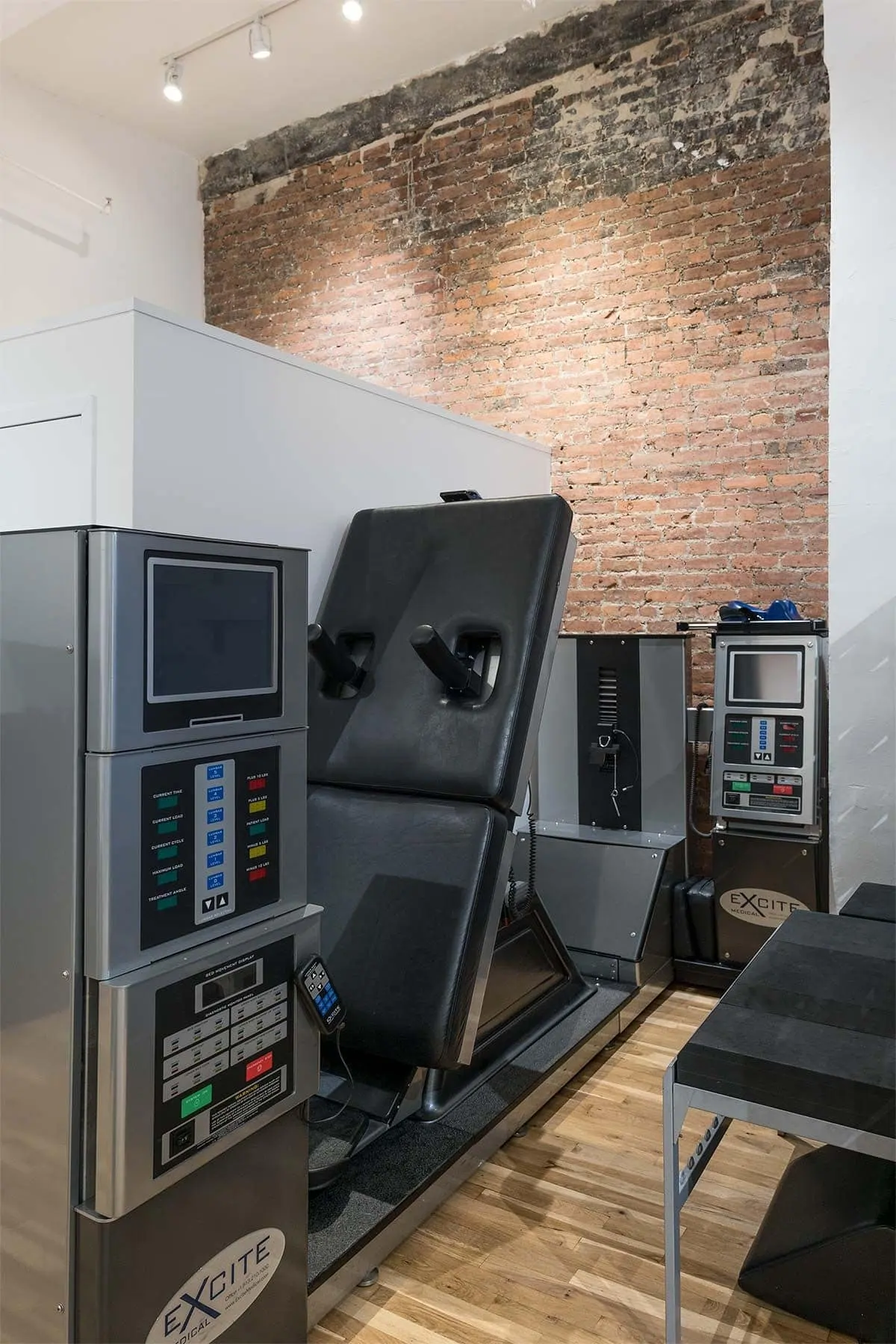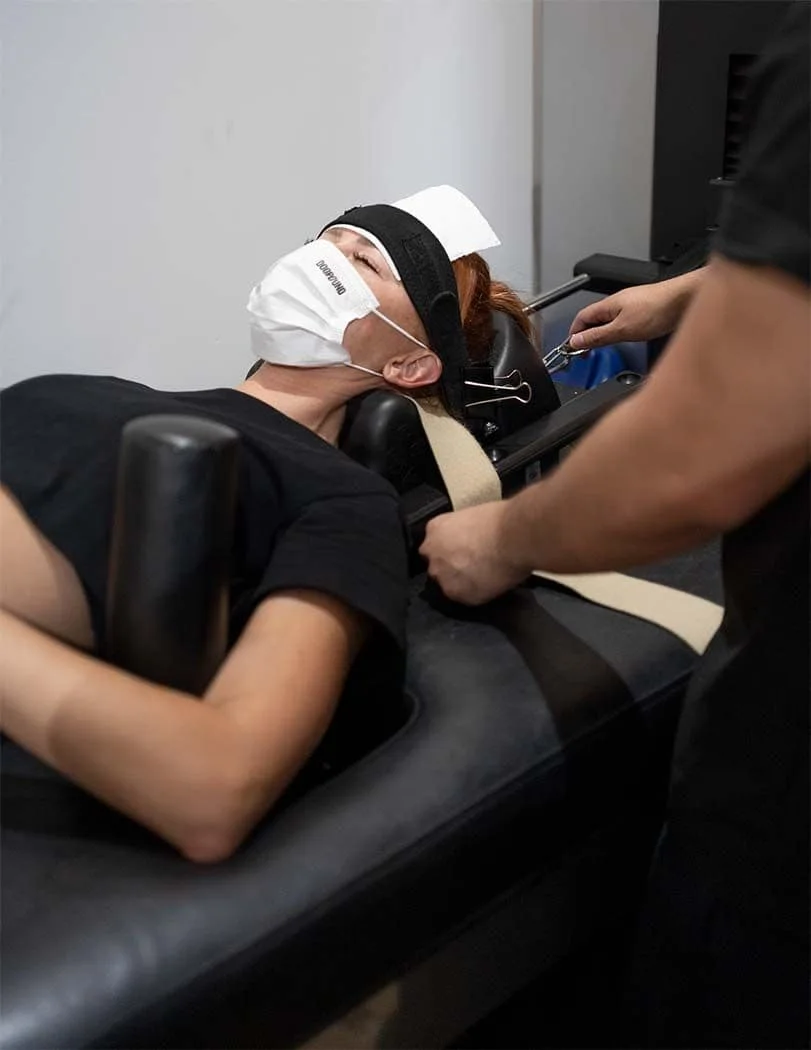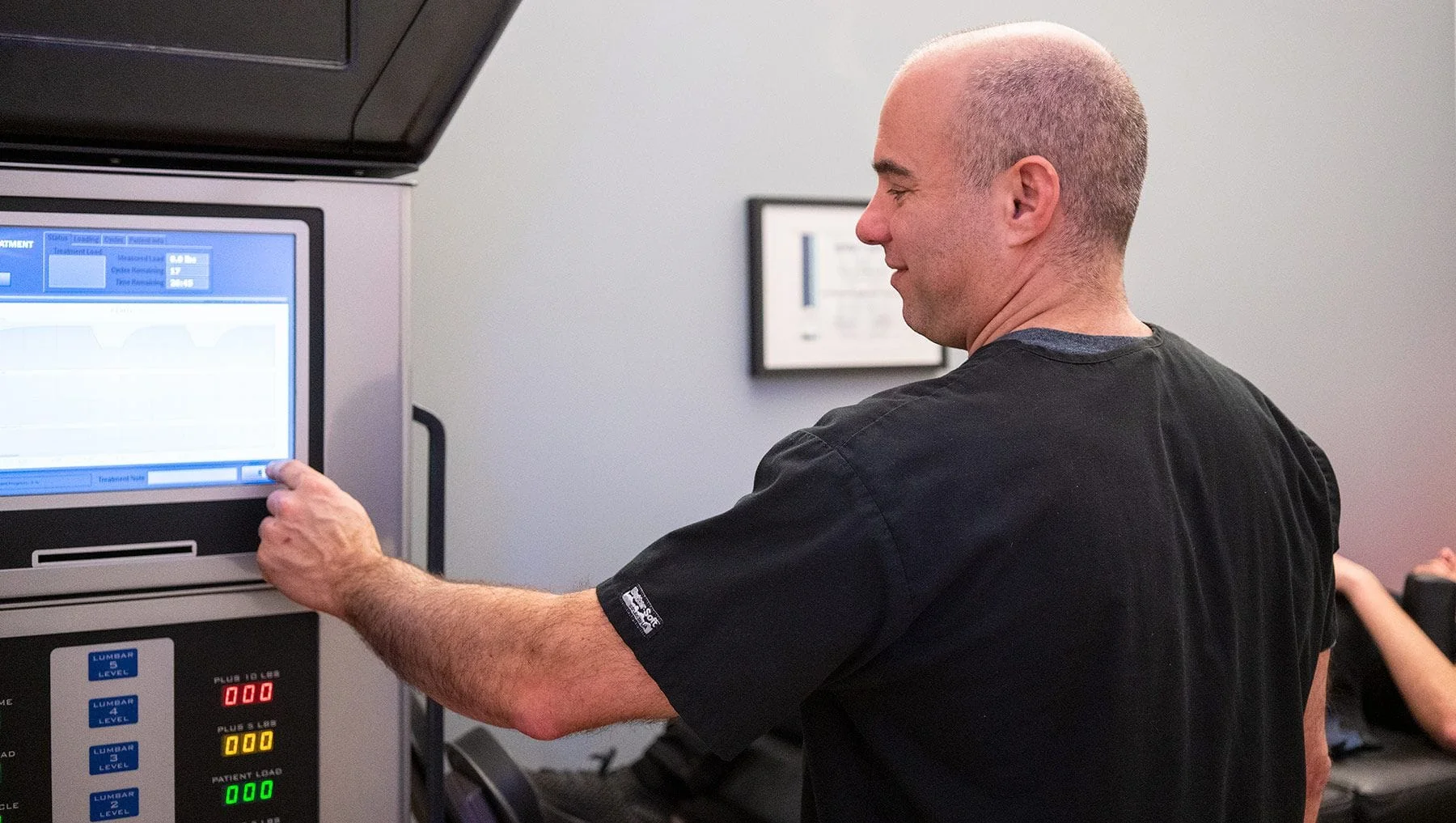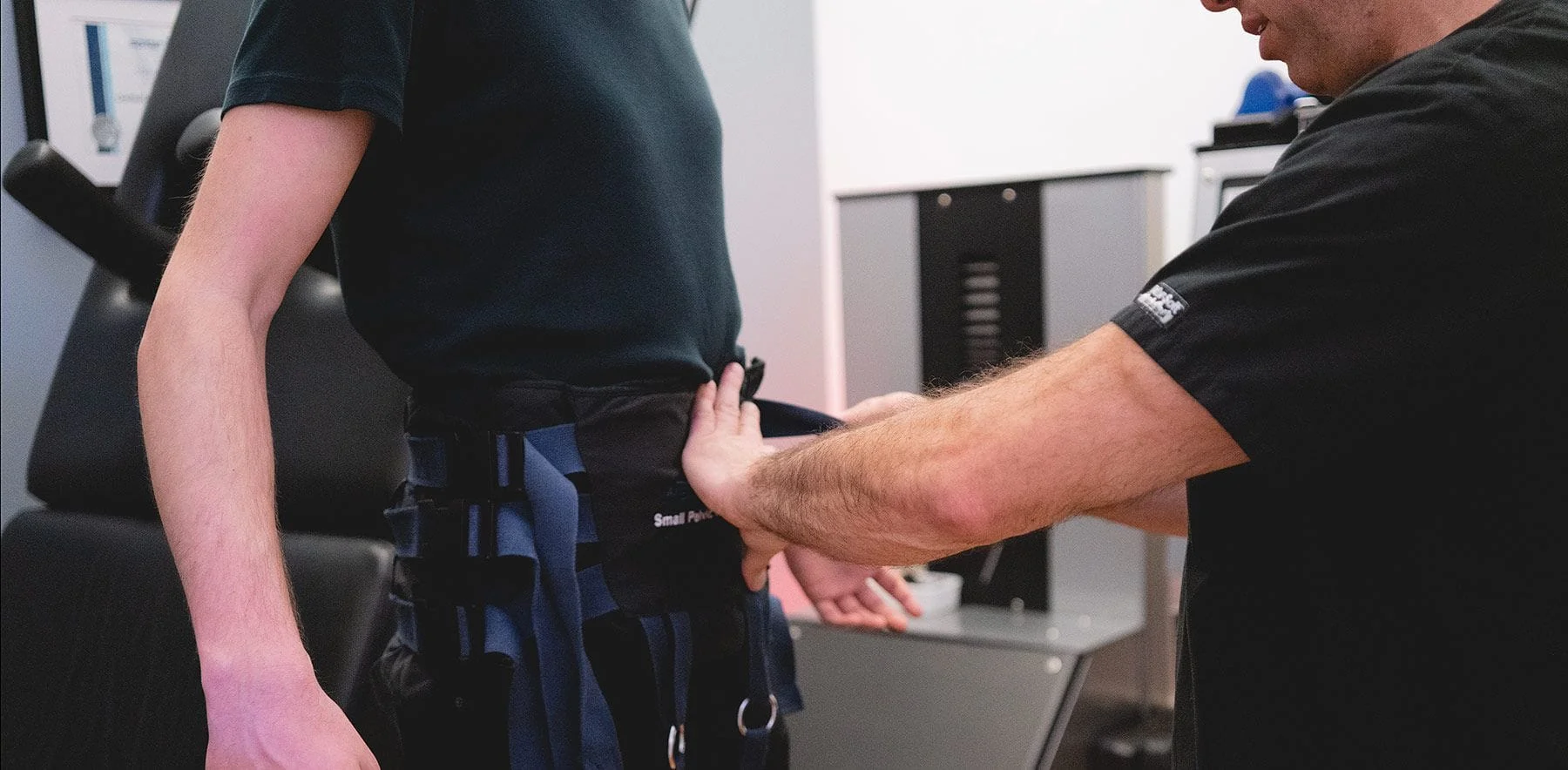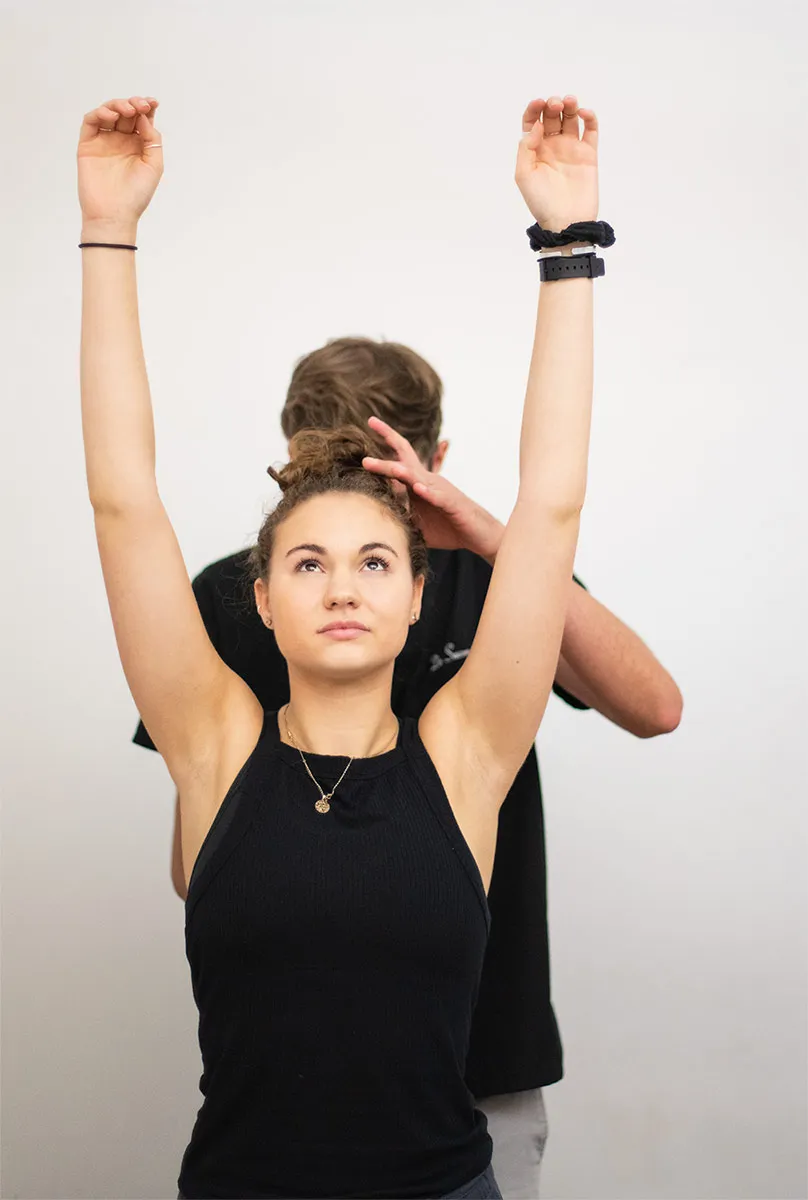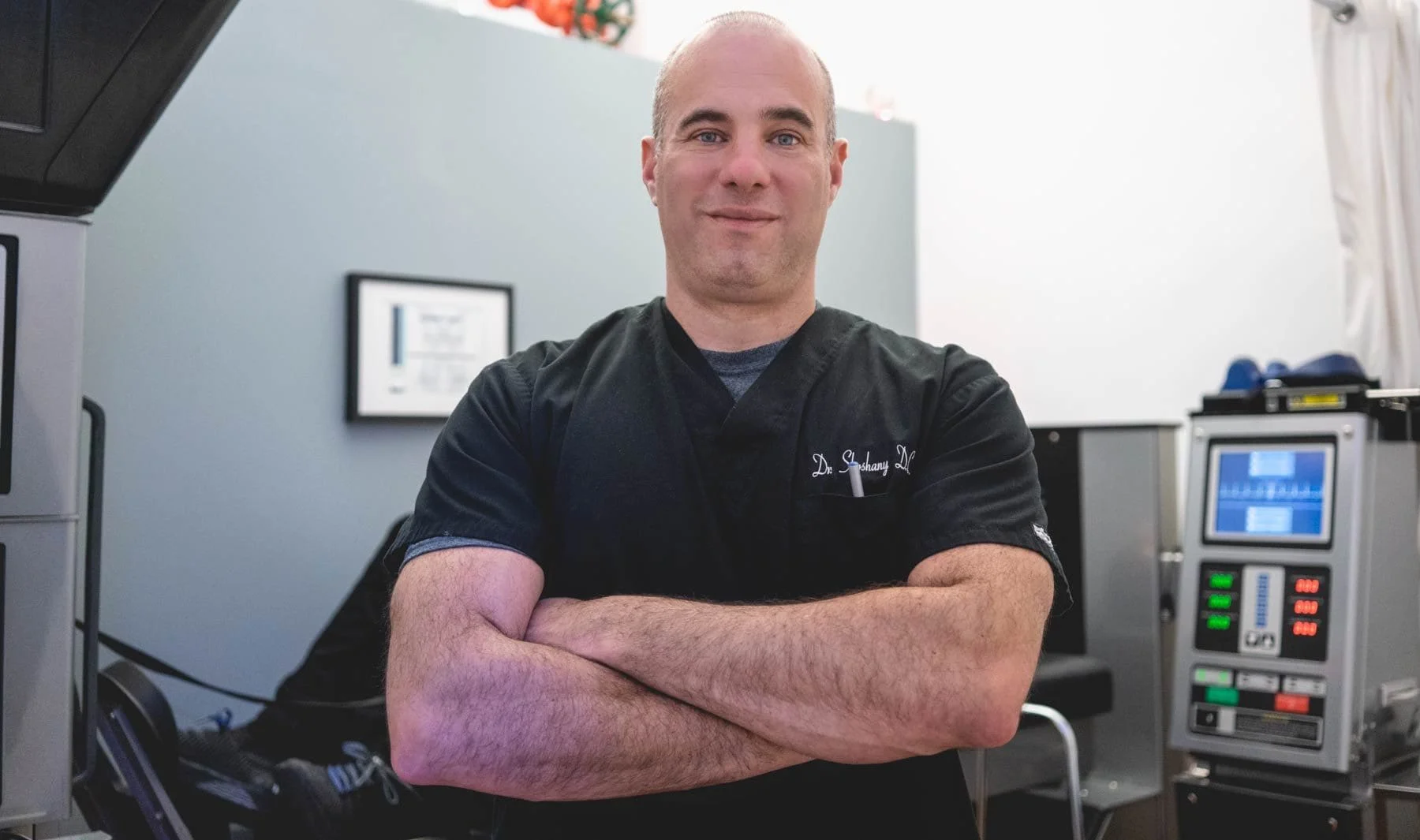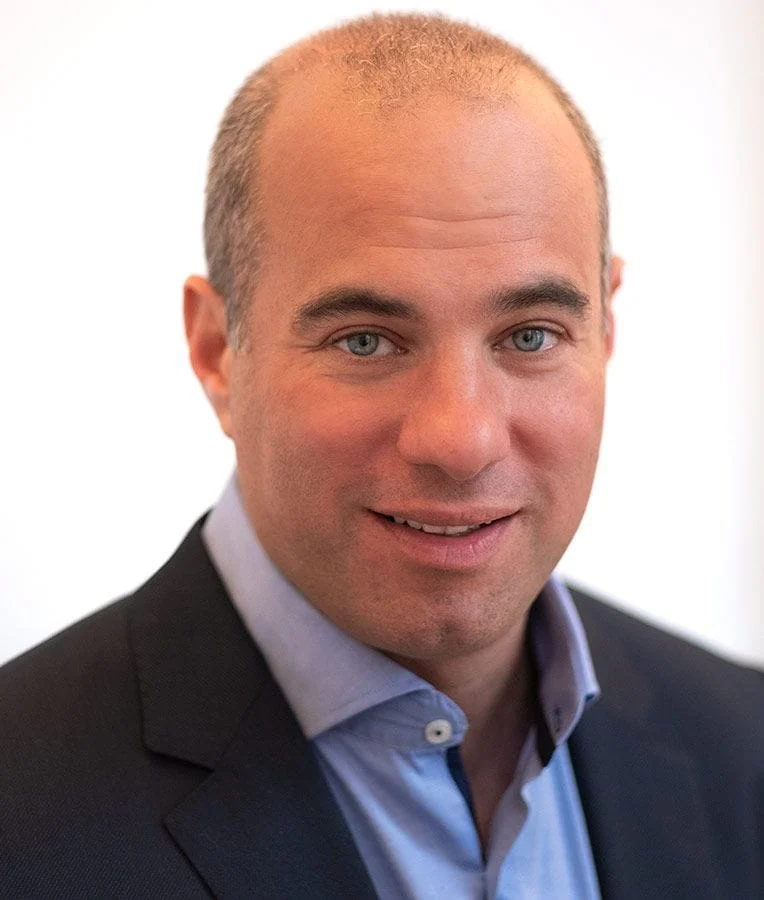Manhattan Spinal Decompression Specialist
Dr. Steven Shoshany, Chiropractor
Spinal Decompression utilizing the DRX-9000 decompression suite, is a non-surgical and drug-free answer for disc related syndromes of the lumbar or cervical spine. Many people across America have found pain relief from degenerative joint disease, herniated discs, facet syndrome, bulging discs, pinched nerves and other back and spinal afflictions. Spinal Disc Decompression uses computer-aided technology to apply gentle, a non-surgical decompressive force to your spine, increasing circulation into the spinal discs and joints, thus helping to relieve the symptoms that cause pain and dysfunction. We use the exclusive DRX 9000 in our NYC Chiropractic and Spinal Decompression Office. The best Non-Surgical Spinal Decompression Therapy in NYC is available exclusively at our West Village / SoHo location.
Call Dr. Shoshany's NYC Spinal Decompression Center (212) 645-8151
Spinal Decompression NYC
Table of Contents
Why Spinal Disc Decompression Works:
This FDA cleared technology relieves pain by enlarging the space between the discs. The negative pressure created by the DRX9000 releases pressure that builds on to the disc and nerves, allowing the herniated and bulging disc to eventually go back into normal position. Intervertebral disc decompression is the only treatment that is truly most effective for severe cases of herniation, degeneration, arthritis, stenosis and pressure on the nerve root. According to a clinical study performed by the Orthopedic Technological Review in 2004, said that 86% of all cases experienced spinal pain relief with disc decompression. Don't wait until spinal surgery is your only option, call us at 212-645-8151
Decompression technology
The FDA cleared several tables to be labeled decompressive and they all do basically the same thing some have fancier options. Some of these tables have names like the SpineMed, the Lordex machine, ABS, Extentrac, 3D Active Trac.* In my practice, I use the DRX 9000 unit because it utilizes the latest technological advances and is the most comfortable for my patients.
The DRX9000 is a spinal decompression therapy technology now available in Soho New York City. The DRX 9000 is the only system with FDA 510K clearance enough to be called a true spinal decompression system, and it's the only system with a documented 86% success rate for vertebral axial decompression. The DRX 9000 offers a closed-loop feedback system, which ensures precise treatment by targeting the specific disc level based on video fluoroscopic studies.
Decompression of the spine causes the disc material to get sucked back into the joint space and the outer layer is made stronger by stimulating the cartilage to regenerate to prevent re-injury.
If you live in the New York City Metro area and have any questions please feel free to call 212-645-8151 or contact us
We will answer all your questions right away and give you a straight answer on time, coverage and cost.
Don't wait until spinal decompression surgery is your only option!
Frequently Asked Questions About Spinal Decompression
What is the difference between traction and decompression?
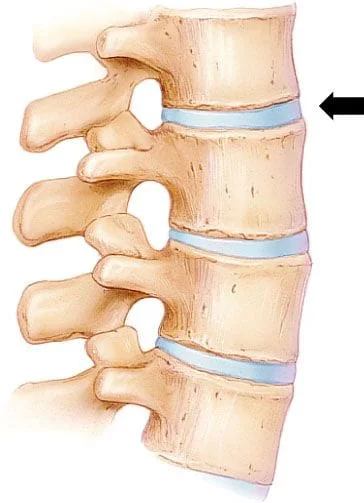
On the other hand, genuine decompressive (negative) pressure is achieved by gradual and calculated increases of distraction forces upon spinal structures. Intervertebral decompression therefore occurs negatively.
A highly specialized computer must modulate the application of distraction forces on the vertebrae in order to achieve the ideal effect of negative pressure. The system applies a gentle curved angle pull on the spinal cord, which yields far greater treatment results than previous less comfortable, sharp angled, pulls. Distraction must be offset by cycles of partial relaxation.
The system continuously monitors spinal resistance and adjusts distraction forces accordingly. A specific lumbar segment can be targeted for treatment by changing the angle of distraction. This patented technique of decompression may prevent muscle spasm and patient guarding. Constant activity monitoring takes place at a rate of 10,000 times per second, making adjustments not perceived by the eye as many as 20 times per second via its fractional metering and monitoring system.
Genuine decompression also involves the use of a special pelvic harness that supports the lumbar spine during therapy. Negative pressure within the disc is maintained throughout the treatment session. With genuine decompression, the pressure within the disc space can actually be lowered to about -150 mm Hg. As a result, the damaged disc will be re-hydrated with nutrients and oxygen.
Isn´t decompression just a fancy name for a traction machine?
No traction machines are rudimentary. There is a big technological difference between traction, distraction and decompression. Traction has been around for hundreds, if not thousands of years. The problem with traction therapy NYC, as it is practiced here, is that it is not always beneficial.
In 1998, the Scientific American rated traction to be of little or no value in the examination of efficacious therapies for lower back pain. This finding is consistent with many studies that report traction can often times signal a nociceptive splinting response and put a patient's back muscles in spasm, resisting any attempts to effect a change on the disc proper.
Distraction, a term used to describe a flexion distraction technique, attempts to re-position the spine from the offending lesion. This technique has been shown to be very effective, even though potentially damaging to the person performing the technique and largely dependent on the skill of the technician. Like traction, distraction procedures are limited in the ability to reduce the intradiscal pressure, or produce a negative pressure within the disc imbibing fluid, nutrients and creating an environment for repair.
Decompressions are therefore events - a combination of restraint, angle position and equipment engineering. One can experience traction without decompressions, but not decompressions without traction.
What kind of results can I expect?
Many patients with lower back syndromes may experience pain relief as early as the third treatment session. Comparison of pre-treatment MRI´s with post-treatment MRI´s has shown a 50% reduction in the size and extent of herniation. In clinical studies, 86% of patients reported relief of back pain with the our system. Within the past five years, some private practice clinicians have reported success rates as high as 90%.
What time commitments are required by patients?
Each treatment session averages 25 to 30 minutes in duration (research has established that optimum results are achieved with sessions that incorporate 10 to 15 decompression/relaxation cycles). On average, one daily session for 20-30 treatments is necessary for patient self-healing to occur.
Herniated discs generally respond within 20 sessions, while patients with degenerated discs may need ongoing therapy at regulated intervals to remain pain free. Still other patients, due to lifestyle or occupation, may also require maintenance therapy. Patients suffering from posterior facet syndromes may be able to achieve complete remission with less than 10 sessions. Research on herniated disc treatment shows that most patients will achieve full remission from back pain after the initial treatment regimen is completed.
What is the typical diagnosis?
Since non-specific low back pain and cervical pain generally encompass a myriad of mechanical failures, including muscles, tendons, ligaments, and other soft tissue that encroach or produce pressure on the nerves, the term intervertebral disc syndrome can be used. This diagnosis does not necessarily require (although recommended) an MRI to confirm the presence of a disc involvement
Who can benefit from using Decompressive Therapy?
The following would be inclusion criteria for the Decompression Therapy (1) Pain due to herniated and bulging lumbar discs that is more than four weeks old; (2) Recurrent pain from a failed back surgery that is more than six months old; (3) Persistent pain from degenerated discs not responding to four weeks of therapy; (4) Patients available for four weeks of treatment protocol; and (5) Patient at least 18 years of age.
These indications are ideal candidates for enrollment into our program and have the potential of achieving quality outcomes in the treatment of their back pain:
- Nerve Compression
- Lumbar Disorders
- Lumbar Strains
- Sciatic Neuralgia
- Herniated Discs
- Injury of the Lumbar Nerve Root
- Degenerative Discs
- Damaged Discs
- Spinal Arthritis
- Low Back Pain w/ or w/o Sciatica
- Degenerative Joint Disease
- Myofasctois Syndrome
- Disuse Atrophy
- Lumbar Instability
- Acute Low Back Pain; and
- Post-Surgical Low Back Pain.
Lastly, the system should be utilized with patients with low back pain, with or without radiculopathy who have failed conventional therapy (physiotherapy and chiropractic) and who are considering surgery. Spinal surgery should only be considered after following a reasonable trial of Decompression Therapy sessions.
What conditions are contraindicated?
Patients with the following problems or symptoms are usually excluded from using Spinal Decompression therapy:
- Pregnancy
- Prior lumbar surgical fusion
- Pelvic / Abdominal cancer
- Metastatic cancer
- Disc space infections
- Severe osteoporosis
- Cauda Equina syndrome
- Compression fracture of lumbar spine below L-1, Pars defect
- Aortic aneurysm
- Hemiplegia, paraplegia, or cognitive dysfunction
- Severe peripheral neuropathy
- Osteod Osteoma
- Multiple myeloma, or osteosarcoma
- Tumors
- Infection, osteomyelitis, meningitis, virus, and/or HNP (sequestered/free floating fragment).
How long is each session take?
Each session on the DRX 9000 is approximately 25-40 minutes long (45 minute sessions include set-up and take-off), accompanied by 15 minutes of stimulation, heat packs and manipulation.
What is the decompression treatment protocol?
The patient comes for 20-30 visits over a 4-6 week period. The doctor will provide a complete copy of the non-surgical Spinal Decompression treatment protocol upon request.
How long before a patient experiences change?
Often times a patient experiences some relief within the first few (3-7) treatments. Usually by the 12th to 15th treatment all patients have reported some remission of symptoms. Patients not showing significant improvement by the 15th to 18th session may be referred for further diagnostic evaluation.
Does decompression therapy work for everyone?
Eighty-to-ninety percent of patients who have been properly selected and comply with the Spinal Disc Decompression protocol will have good-to-excellent outcomes. Patient´s conditions that do not respond quickly to the therapy are often unable to be helped by anything quickly. Patients vary in age, sex and body morphology and may require counseling in weight loss, nutrition and other lifestyle changes.
What are the Symptoms of Disc Herniation?
If you sneeze, Cough or bear down and it hurts this is usually an indication that the disc is involved. Patients can have Back pain with or without leg pain and leg pain and weakness without back pain.
Why doesn't insurance pay for Decompression?
As with most new procedures like Lasik eye surgery or gastric bypass the insurance companies take there time in reimbursing for these procedures. We all know that Lasik eye surgery works but most insurance still do not pay for it. Some carriers are starting to pay for Decompression Therapies. Some health policies authorize and pay for spinal decompression therapy and certain major medical policies like Cigna are slowly starting to recognize the value. Luckily I have been able to get paid my most major medical insurance providers since 11/01/07, call us and we'll contact them on your behalf!
What is the Z-grav table? Is it better than the DRX 9000?
The Z- grav table is a table that is made by North American Medical for Spinal-Aid doctors. There is nothing better about the Z-grav table than the DRX 9000. The DRX 9000 holds more patents and is the most comfortable table on the market. The Z-grav has yet to gain FDA approval since the last time I checked. It is a good table but not superior the DRX 9000.
What about the DTS table?
Chattanooga DTS system or a.k.a as the DTS is my opinion is an inferior table compared to the DRX 9000 or the Spine-med table. I have been utilizing spine decompression protocols in my practice for 10 years longer than most chiropractors in Manhattan. Several new Chiropractors have added this table to their practice and even are offering the first few visits free. I believe that you get what you pay for and I have made a major investment in my practice and my patients health. Why settle for inexpensive equipment? The Chattanooga table is about $8,000 and the DRX is about $95,000, What table do you want to be treated on? If that is the only table you have access to then it can't hurt you, but if you want top of the line spinal decompression and want to treated on the best then go with the table that has set the benchmark, the DRX 9000. I do not offer free treatments but I do offer a free consultation. If you have an MRI report or better yet the actual film I will review them and give you a second opinion. Call (212) 645-8151 to speak to me directly.
Do I need a MRI?
Although a recent MRI has become the gold standard to document presence of a herniated disc ,their are abnormal types of movements that can be shown on radiographs while the patient is holding their spine in full extension and flexion. The two radiologic change that are indicative of instability, vacuum sign (Knuttson's phenomenon of gas in the disc) and the "traction spur" also known as the Macnab spur. So if a recent MRI is not available the use of a radiograph can point to a lumbar instability. I recently purchased a high speed low dose digital system for use in my practice.
Herniated Discs
What is a Disc? What does a Disc do?
A slipped disc or herniated disc is different from a normal disc as it is dessicated and no longer fuctions as a proper shock absorber, causing back pain and tingling sensations down the leg or arm. The disc is a soft cartilaginous material that separates the spinal vertebra. We have Discs starting at the the third cervical all the way down to the lowest Lumbar vertebra L 5. The Discs middle is called the nucleus and and outer layer called the annulus.These discs act as shock absorbers and these disc after we are done growing usually around 19 years old become avascular (does not receive a good blood supply). One of the reasons that our discs give us so many problems is that it does not heal well without a good blood supply. When we break a bone it heals quickly and actually stronger than before! Our discs are avascular so if a disc is injured it continues to degenerate and does not heal properly. One of the amazing benefits of this protocol is that it heightens the disc space, and is seen to return it to normal size and function.
Decompression Therapy also causes the disc to heal because the treatment stimulates the cartilage to regenerate and act it cannot do on its own without the DRX 9000 protocol. Decompressing the spine also causes the nutrient rich blood to fill the disc space which fosters the healing response.
Dr. Steven Shoshany a New York Chiropractor will take a complete initial history, perform a physical evaluation, review all data including MRI´s to pre-qualify the patient to ensure the decompression procedures will benefit the patient. Dr. Shoshany has been expertly trained in the delivery of spine decompression treatments and has dedicated a large portion of his practice to the relief of severe and chronic low back pain and cervical pain and assisting the patient to return to a normal, pain free life.
Bulging Discs
To really understand what a Bulging disc, it is necessary to understand the different classifications of disc lesions there are, because there are many:
- Ruptured Disc
- Slipped Disc
- Disc Prolapse
- Disk Herniation
The term Disc Herniation implies that a rupture or a tear of the annular fibers that occurs near the disc, causing a movement of nucleus material past what's called "the verterbral margin". The nuclear material may protrude out and cause a distention of the outer annulus fibrosis or rupture through the annulus and extrude behind the posterior ligament.
Four classifications exist to describe disc lesions
- Annular bulge
- Protrusion (Herniation)
- Extrusion
- Free Disc Fragment (Sequestration).
The annular bulge or Disc bulge is a small disc herniation that does not directly contact the nerve root and left untreated can easily progress to a larger degree of nucleus protrusion because of the loss of the annular fibers to contain the nucleus. Degeneration will predispose annular fibers to failure following trauma.
Disc Protrusion (Herniation)
A Disc herniation represents a rupture of nuclear material through a defect in annulus, producing a focal extension of the disc or a broad based extension of the disc margin. Intervertebral disc herniations result in some degree from central canal or foraminal occlusion.
Disk Extrusion applies when a portion of the nucleus pulposus fibrocartilage and end plate cartilage have migrated through comprised outer annular fibers. Disc extrusions may cause a compressing force on the cord, root or both and can cause myeloradiculopathy (shooting pain).
Free disc Fragment (Sequestered Disc) refers to the extra-annular separation and migration of a piece of nuclear material. Cauda Equina syndrome are common with intradural migration. This is when you lose control of bowel and bladder function. This is a emergency situation and usually requires surgery to correct the problem.
The most common area is the Lower Lumbar vertebrae L5. The pressure causes the jelly material inside the disc to "bulge" or "slip" out of place .The bulge itself puts pressure on the nerves( usually the spinal nerve). The Spinal nerve is very sensitive even a small amount of pressure causes the nerve to dysfunction. The most common cervical disc to herniate is also the fifth and can cause cervico-brachial symptoms or syndromes like carpal tunnel or feelings of weakness in the arms or stinging or burning sensation occurring in the arms.
Disc Desiccation is when the annullar fibers degenerate due to dehydration, One preventative step is to drink as much water as can if you feel that you have or are developing a Disc Herniation.
What are herniated discs?
The 24 different vertebrae that comprises your spine are separated by pads of cartilage from one another called discs. These spacer discs are strong on the outside and have a tough outer layer with a soft interior to cushion each vertebrae against the strains and shocks of various stresses on the spine. The discs are subject to injury, disease, and degeneration with use over time. Certain activities and types of work increase the risk of discs being damaged or deteriorating. When the soft interior material of a disc pushes out through a tear or weakening in the outer covering, the disc is said to be herniated.
Herniated discs are also called slipped, protruding, ruptured, degenerated or bulging discs. While there are specific distinctions between these terms, all of them really refer to a disc that is no longer in its normal condition and/or position. Herniated discs cause pain by impinging on (intruding upon, irritating, and pinching) and even injuring nerves in the spinal column.
What are some of the typical symptoms of herniated discs?
Most disc herniation takes place in the lower back (lumbar spine). The second most common site of herniation is the neck (cervical spine). A lumbar disc that is herniated may send shooting pain down your legs, through your thigh and buttocks and into the back of the leg (sciatica nerve). Herniation of the cervical disc can cause severe pain in the arm, shoulder and hand. Herniated discs can cause muscle weakness, make it hard to get up when you've been sitting or lying down, cause pain when you strain to do something, even when you cough or sneeze. They sometimes produce pain in the lower right side of the abdomen. Symptoms of herniated discs have also shown that it affects the nerves that communicate with the bowel and bladder, sometimes causing incontinence. If this ever happens, seek immediate emergency attention.
How does lower back injury occur?
Injury occurs when external load exceeds the failure tolerance or strength of the tissue. In particular, low back injury has been shown to result from repetitive motion at end-range. According to the McGill study of 1998, it commonly is caused by "a history of excessive loading which gradually but progressively reduces the tissue failure tolerance" (McGill 1998).
Disc injury has been shown to be related to three factors: first, full end-range flexion in younger spines (due to higher water content) (Adams, Hutton 1982; Adams, Hutton 1985; Adams, Muir 1976); second: repetitive end-range flexion loading motion in excess of 20-30,000 cycles (King 1993; Gordon et al., 1991); and 3rd, there is a connection between sedentary occupations and disc herniation. (Videman et al., 1990).
Certain times of the day are the most vulnerable for the back. Disc bending stresses are increased by 300% and ligaments by 80% in the early morning (Adams MA et al., 1987). McGill has reported that after just three minutes of full flexion, subjects lost half of their stiffness (McGill, 19)
Back Injury Prevention Advice
Tissue conditioning must occur as exposure to load increases. If rest time is inadequate, training is absent, or forces are excessive, then injury will eventually result. Too little or infrequent exposure to external load and conditioning never raises the tissue failure tolerance. In other words too much, frequent or prolonged exposure, and adaptation can't keep pace.
Knowledge of when an injury is most likely to occur can also influence what we do. Early morning or after prolonged sitting are particularly vulnerable times. Reilly et al. (Reilly et al., 1984) demonstrated that 54% of the total loss of disc height (and water content) happens within the first 30 mins after arising. Stresses of disc bending are said to have increased significantly in the morning (Adams, et al. 1987). After even a brief period of sitting or stooping, end-range protective joint stiffness is compromised (McGill, 1999). 30 minutes later, after the patient has been at rest, there was persistent evidence of residual joint laxity. This means that by avoiding high-risk activities in the morning, or after being at rest, exercises of full flexion are crucial to prevent injury.
Suggestions to teach workers to lift with their knees, not their backs, are overly simplistic. Most workers have learned various techniques to avoid injury which are inconsistent with this advice. Better advice is consistent with the following principles: Avoid end-range motion. Rotate activities to vary the strains and loads placed on your spine and allow for frequent rest breaks. As always, when lifting, keep heavy loads close to your spine (McGill, Norman, 1993)
Patients begin with a simple warm-up involving the cat/camel exercise on all fours. This should be performed first thing in the morning and then prior to endurance training exercises. Between 8-10 repetitions are all that are needed. Think of the cat/camel as a limbering, rather than stretching, movement.
After performing the cat/camel, the patient is ready for simple exercises to improve the endurance of the abdominal and back muscles. Incorporated into each exercises should be a motor control component teaching "neutral spine" kinesthetic awareness. The main emphasis of rehabilitative exercise is to train "inner range" endurance. This requires kinesthetic awareness of "neutral spine" postures and regular sustained training of this motor control against a variety of challenges. Multiple reps of 5-6 second holds should be performed on a daily basis. According to Man niche et al., up to three months may be required to achieve a long-lasting beneficial effect (Man niche et al., 1991).
Decompression has provided relief for 86% of patients with herniated intervertebral disc (American Journal of pain management)
Manhattan's Best Non Surgical Treatment for Herniated Discs
Dr. Steven Shoshany offers the best non-surgical Spinal Decompression Treatment in his New York City, Chiropractic Sports Therapy office. Offering both Cervical and Lumbar Disc Decompression in the New York area.
Pain in legs like Sciatica
The Sciatic nerve is the largest nerve in the body and it is a common problem with people and when a disc herniates it can causes Sciatica which can feel like a sharp shooting pain down the look into the buttocks or even into the toes. In extreme examples it can cause permanent numbness and loss of muscle strength.
About the DRX 9000
The DRX 9000 uses computer assisted state of the art technology that works gradually to relieve back pain. The spinal decompressive process is proven to relieve pain by expanding the spaces between vertebrae and discs, thereby reducing herniation. This also adds strength to the outer ligaments that can naturally be encouraged to move herniated discs back into their proper place. This in turn, reverses the high intra-discal pressure experienced by the patient through a methodical application of negative pressures upon the whole spinal structure.
What to expect with treatment on the DRX 9000
Your, DRX 9000 treatment begins with a series of daily sessions for two weeks, followed by treatments three times a week as needed. Each session consist of 30-45 minutes on the DRX 9000. Following each therapy session, a cold pack with electrical muscle stimulation is applied to help Para vertebral muscles consolidate after treatment.
An upper chest harness/ shoulder support is used to help distribute the applied forces evenly. Once in place, you are slowly reclined to a horizontal position. Following the physician's orders, the therapist localizes the pain, makes any adjustments and directs the treatment to the proper area. DRX 9000 helps to mobilize the troubled disc segment without introducing further damage to the spine.
What to expect on your first NYC spinal decompressive therapy appointment with the DRX 9000 machine.
The DRX 9000 provides a program of treatment for relief from pain for those patients suffering wit low back pain. Under physician direction each treatment consist of a prescribed treatment period on the DRX 9000 to provide intermittent cycling of different distraction forces that helps relieve pressure on structures that may be causing low back pain.
Pain associated with degenerative disc disease, protruding discs, herniated discs, sciatica & posterior facet syndrome all respond well. It achieves these affects through decompression of intervertebral discs.
What results can I expect from the DRX 9000
After only three weeks of treatment, clinical studies have shown impressive results in areas of pain relief caused by herniated, bulging, ruptured or degenerative discs, as well as posterior facet syndrome, sciatica and many cases of failed back surgeries.
Pre and post MRIs have shown greater that 50% reduction in the size and extent of herniations after four weeks of treatment with the DRX 9000.
In fact, during the initial clinical study more than 82% of patients report relief of back pain with the DRX 9000.
- ·Herniated/Bulging Discs
- ·Degenerative Disc Disease
- ·Sciatic Leg Pain
- ·Facet Syndrome
- ·Post Surgical Back Pain
- ·Foramenal Stenosis
What are the causes lower back pain?
Low back pain can be caused by a number of factors from injuries to the effects of aging.The spinal cord is protected by the vertebrae, which are made of bone. Between each vertebra are soft discs with a ligamentous outer layer. These discs function as shock absorbers to protect the vertebra and the spinal cord. Many of the problems that cause back pain are the result of herniation and degeneration of the intervertebral disc. Degeneration is a process where wear and tear causes deterioration of the disc. Herniations, or bulging of the disc are protrusions from the disc that press on surrounding nerves, causing pain or numbness.
How does the DRX 9000 separate each vertebra and allow for decompression at a specific level?
Decompression of the vertebrea is achieved by using a specific combination of spinal positioning and varying the degree and intensity of force. Decompressive forces apply a gentle negative tension monitored by sensors that feed into the computer. When distractive forces are generated on a logarithmic curve the typical proprioceptor response is avoided. Avoiding this response allows decompression to occur at the targeted area.
Can the DRX 9000 be used for patients that have had spinal surgery?
In most cases the DRX 9000 treatment is not contra-indicated for patients that have had spinal surgery. In fact many patients have found success with the DRX 9000 after a failed back surgery.
Is there any risk to the patient during treatment on the DRX 9000?
NO. The DRX 9000 is totally safe and comfortable for all kinds of patients. The DRX 9000 is a computer assisted system has several emergency switches to stop the machine, the operator and the patient both have stop switches. These kill switches are a requirement of the FDA, and terminate the DRX 9000 treatment immediately, avoiding any and all injuries.
New York State law requires that all insurance carriers pay for Chiropractic care. Most insurance plans are accepted without an outside referral by your doctor or insurance carrier.






